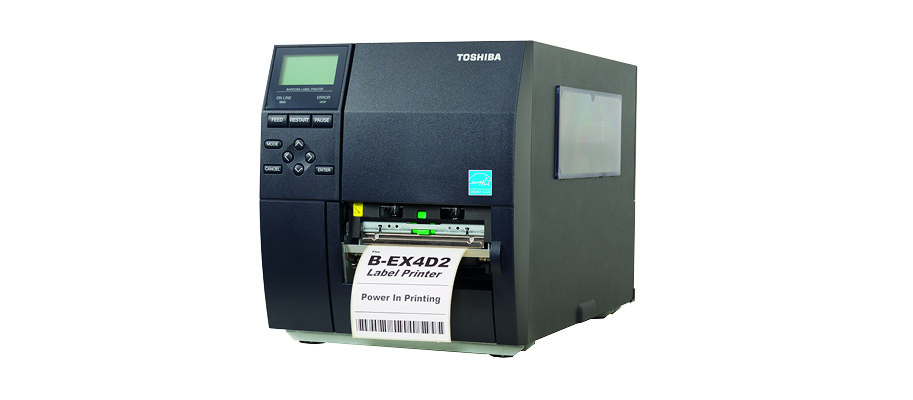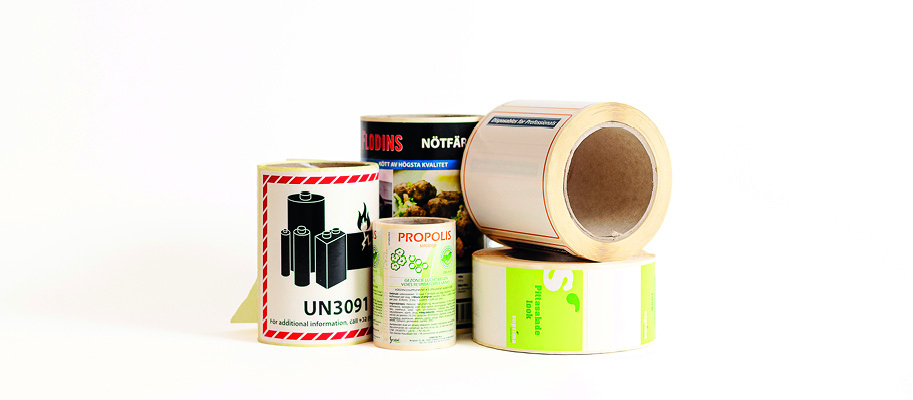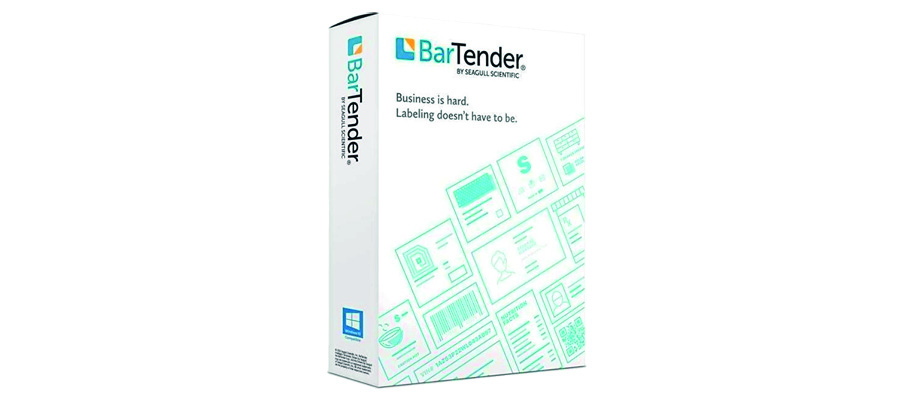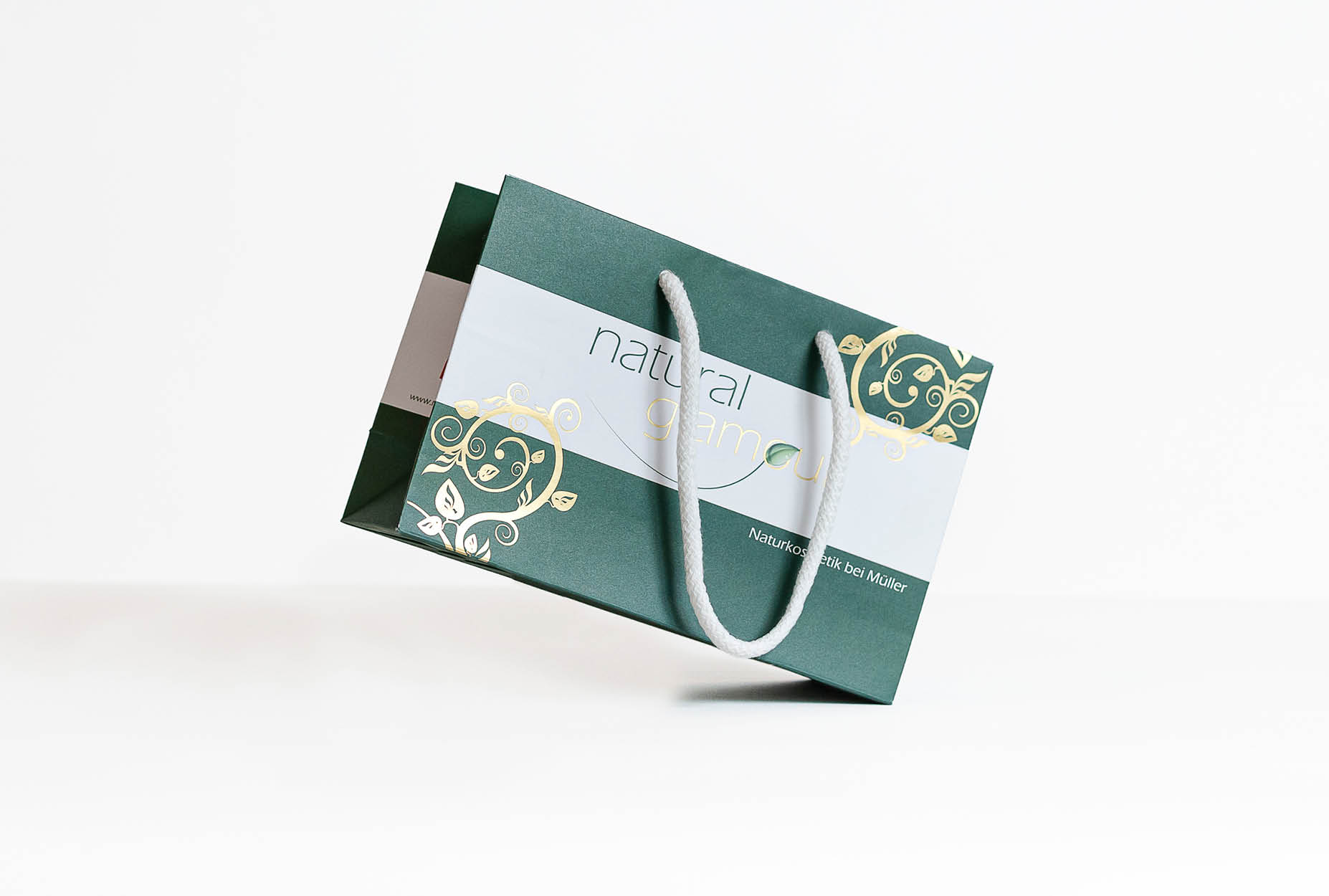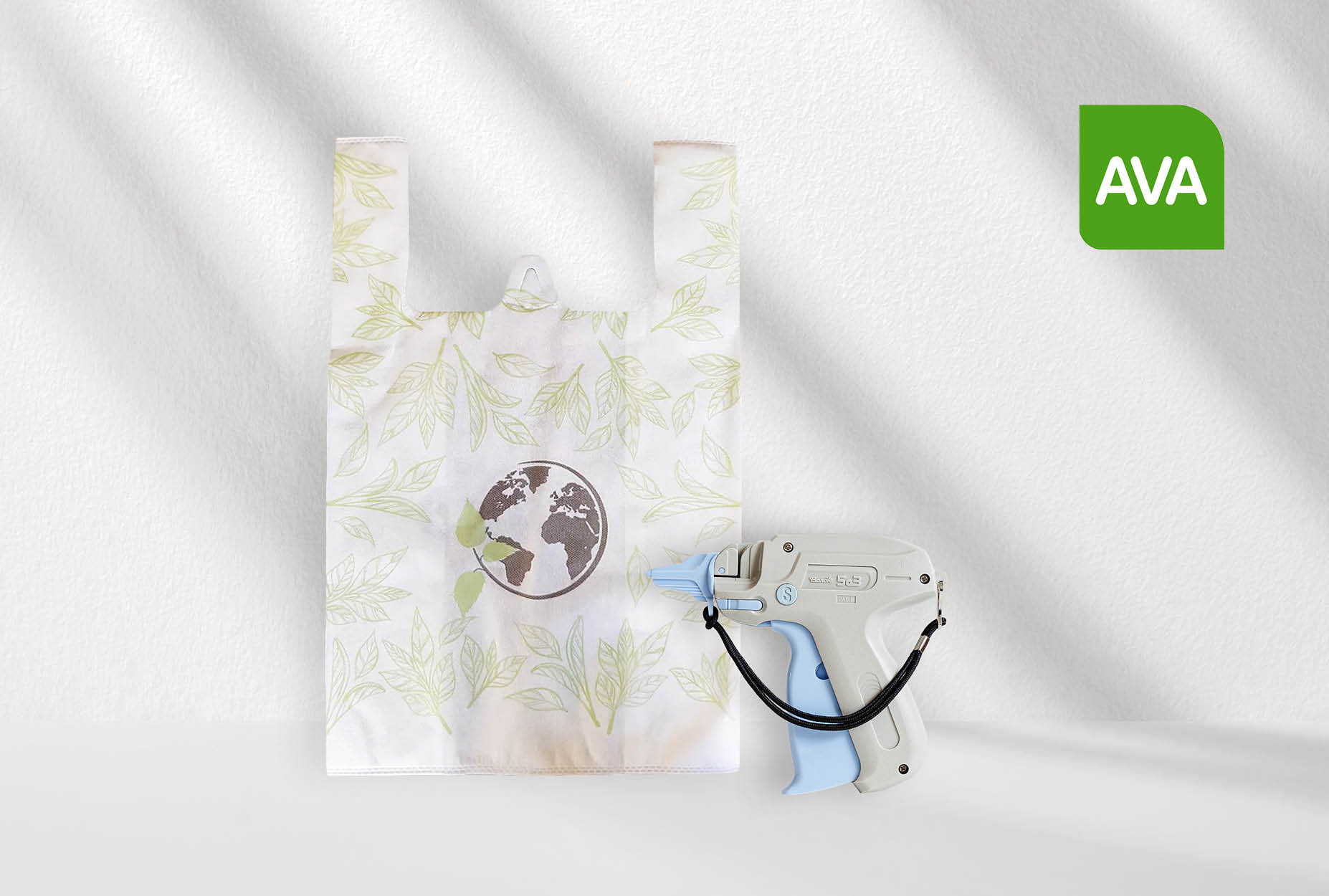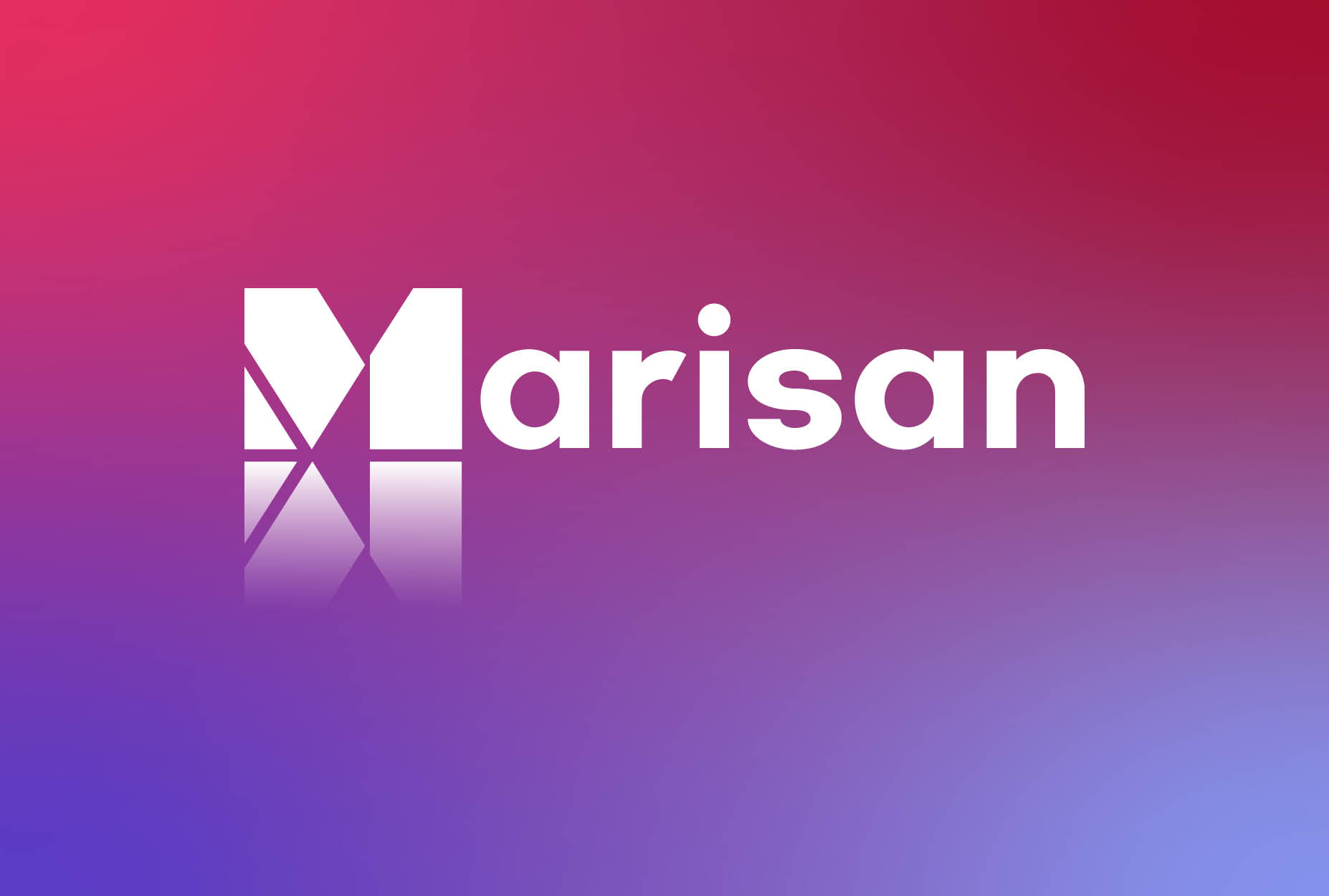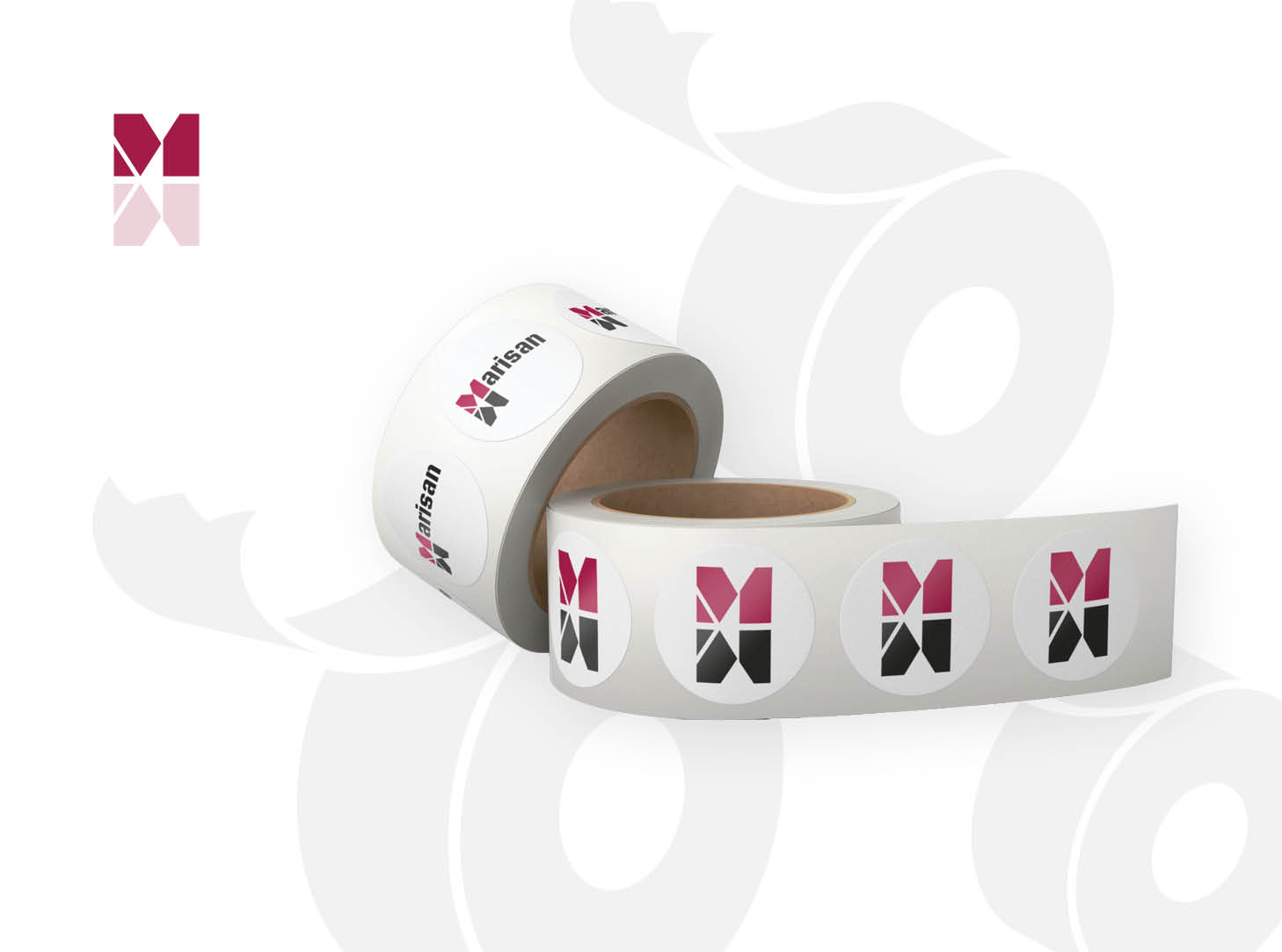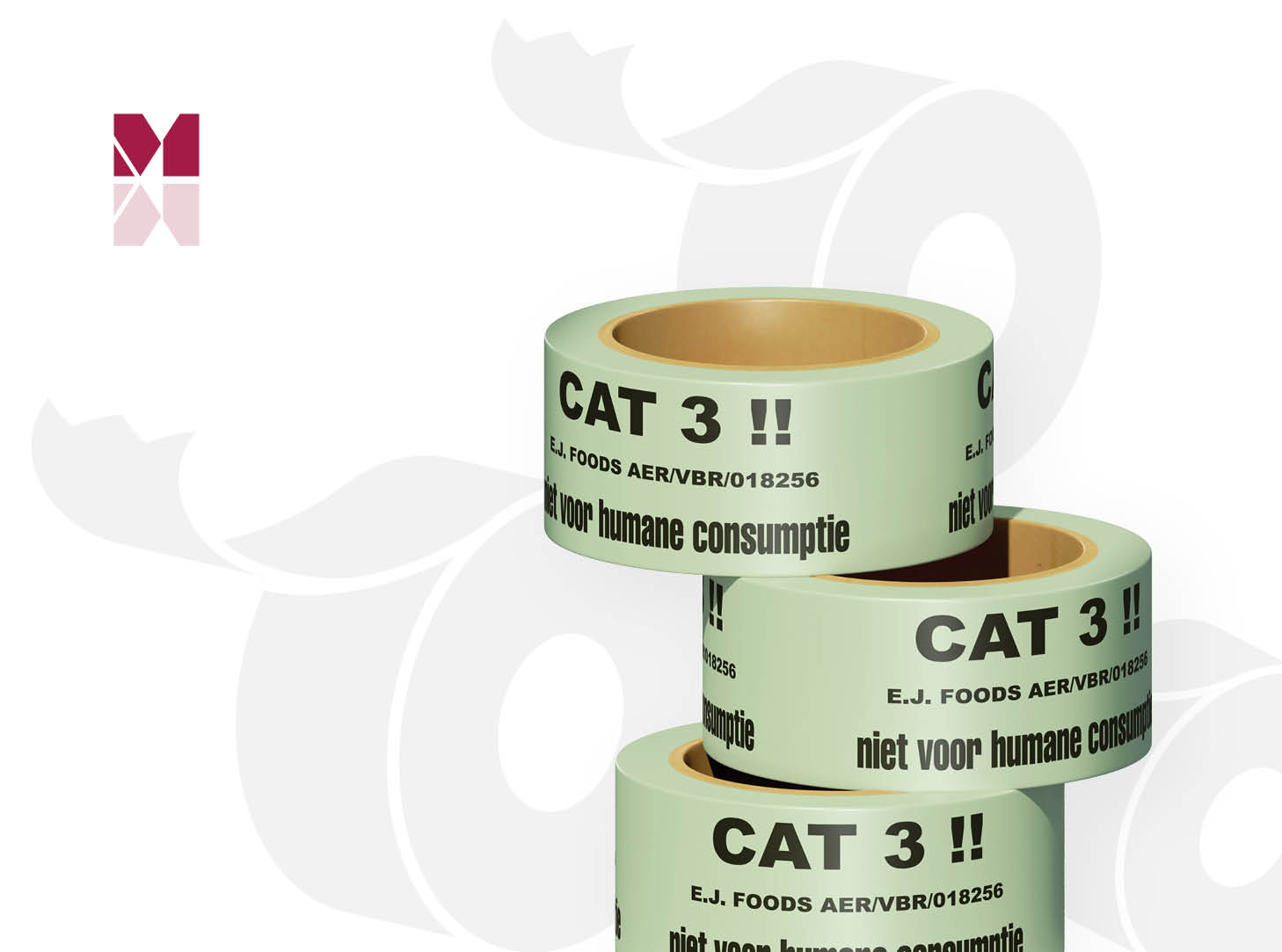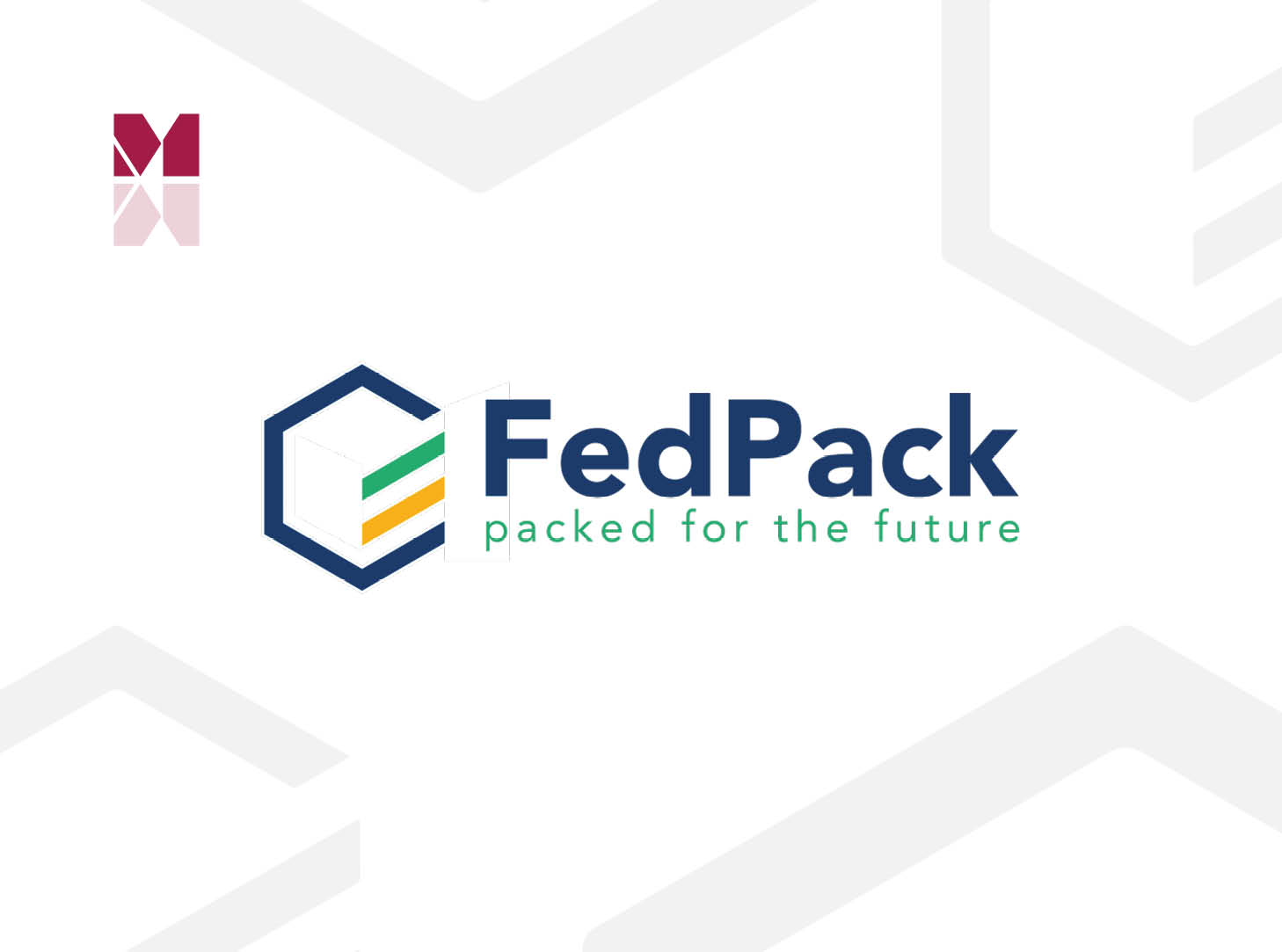Knowledge centre
Thermal transfer vs direct thermal printing, what’s the difference?
Do you no longer see the wood for the trees when it comes to thermal printing? Don’t worry, we’ll help you on your way. With most label printers you can choose between two printing techniques for printing your labels: thermal transfer and direct thermal. Although these two techniques are quite similar in terms of name, there is a noticeable difference in terms of technique.
Choose the right printing technique
Are you about to look for a suitable label printer? Then it is of course important to know which criteria your printer must meet. To determine the right printer, you want to understand the characteristics and techniques of the different options. Each type of printer has its pros and cons.
You will soon see the term “thermal printing” pop up. But what exactly does that mean? Thermal printing uses heating to print labels. Below we explain the two different techniques of thermal printing: direct thermal and thermal transfer.

Direct thermal printing
A direct thermal printer prints your logo, text or image by selectively heating thermal paper as the paper passes under the thermal print head. The top layer, or coating, of the label turns black in the areas where it is heated, thus creating a certain image. Are you curious if you use this? Then scratch the label with your fingernail. Do you see a discoloration on the label? Then you work with a thermal label.
Some features of this printing technique at a glance:
- Easy to use as no ribbon is required, which can have a positive impact on handling costs and production lead time
- This technique is especially suitable for products with a short shelf life
- These labels react to heat, sun and UV light and discolour with prolonged exposure
- Since the print head is in direct contact with the thermal paper, there is a chance that it will be subject to wear and tear.
- This type of label is widely used in logistics, transportation, online shipping & fresh produce

Thermal transfer printing
Thermal transfer printing uses a printing ribbon to print the label. As the label and ribbon are driven together under the printhead, small pixels across the width of the printhead are heated. These heated parts then ensure that the ink is applied to the label.
Discover some advantages and disadvantages of this printing technique:
- Labels are more scratch resistant and remain legible for a much longer period of time
- The print head enjoys a long life when the correct printing ribbon is used
- Choice of ribbons specially designed to provide better protection against scratches, corrosive substances or weather conditions
- Ability to print on a wide variety of materials
- This type of label is used in the medical sector & chemistry, plant sector, food sector, for long-term storage…
Related products
Explore further
How packaging influences customer experience and brand perception
Blog
Duurzaamheid
NogMeerVerdiepen
In the dynamic world of marketing and branding, packaging plays a crucial role in how consumers perceive and experience a product. At Marisan, experts in innovative packaging solutions, we understand that the right packaging not only catches the customer's attention, but also leaves a lasting impression.
Read moreEcolabels deciphered: the meaning of green symbols on packaging
Blog
Duurzaamheid
NogMeerVerdiepen
In a world where sustainability is becoming increasingly important, green labels and eco-labels play a crucial role in the recognition of environmentally friendly packaging. Whether you are a conscious consumer or a company committed to responsible production, understanding these symbols is essential.
Read moreThrough Marisan in the market, through AVA to the consumer
Case
Duurzaamheid
Succesverhalen
AVA, known for its wide range of catering and retail supplies, has been a loyal partner of Marisan for years. In an interview with Stefan from AVA, we explore the depths of this collaboration, the products offered and the future plans amidst changing market dynamics and legislation.
Read moreWelcome to the new Marisan: renewed, refreshed and ready for the future!
Nieuws
NogMeerVerdiepen
Welcome to the new era of Marisan! Our journey of innovation brings us more than just a visual metamorphosis; it is a complete reinvention of how we present ourselves to the world, both online and offline. Step inside our world where innovation, clarity and customer focus are the cornerstones of everything we do!
Read moreFree whitepaper ‘Your pet food presented in a catchy way’
Whitepaper
NogMeerVerdiepen
Did you know that your choice of pet food packaging says as much as the crispy chunks inside? We are Marisan, a packaging specialist in many sectors for many years, and we would like to introduce ourselves to you! From the first conversation to that last label on the bag, we understand what your brand needs.
Read morePrinting labels? The checklist for success!
Blog
NogMeerVerdiepen
In the dynamic world of logistics and e-commerce, labels are more than just stickers; they represent the identity of your product. But creating the perfect label is an art in itself. Below you will find the extensive checklist you need to design, print and apply your labels yourself.
Read moreThe importance of monomaterial: a step forward with Marisan
Blog
Duurzaamheid
NogMeerVerdiepen
The world of sustainable packaging is always on the move. At Marisan we are always looking for ways to make our beautiful planet a little better. One of the clearest trends? Mono material! Simply put, this means using one type of material for the entire packaging. Why is that so important? Because it makes recycling a lot easier!
Read moreEJ Foods and Marisan: classification as a quality mark
Case
Succesverhalen
Labels have numerous functions: boost your branding, save time or act as an information carrier. And Marisan provides these informative labels for EJ Foods, a renowned manufacturer and distributor in the pet food industry from Liedekerke. We spoke with Aurelie Bauveroy, co-manager of EJ Foods about their collaboration with Marisan.
Read moreNavigating Changing Times: FedPack’s Role in the Service Packaging Industry
Blog
NogMeerVerdiepen
In the dynamic world of service packaging – the jars, trays and carrier bags we all know – FedPack plays a crucial role. And this under the leadership of Marisan's own Sven De Vis. As chairman of this influential professional federation, Sven steers the course towards fairer market conditions for Belgian providers.
Read moreGoodbye single-use plastics: a sustainable future or an impossibility?
Blog
Duurzaamheid
NogMeerVerdiepen
In a world that is becoming increasingly aware of environmental issues, single-use plastics are in the focus of attention. These products, which are often used only once before being thrown away or recycled, pose a substantial challenge to our environment. But would it be it realistic to eliminate these plastics completely by 2035?
Read more

